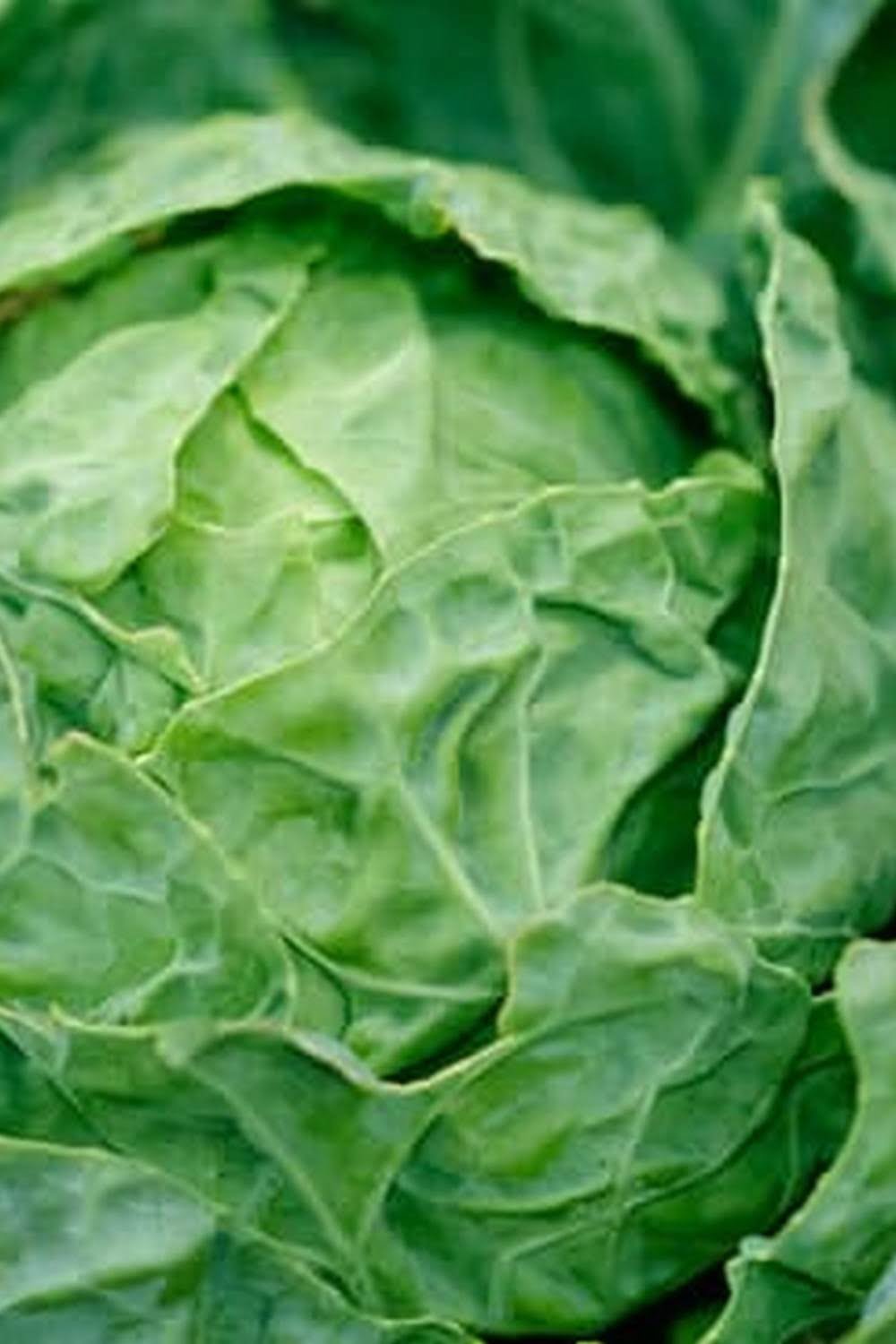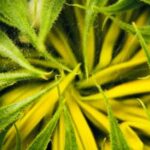Proper irrigation is crucial for the successful growth of vegetables in a garden. The amount and frequency of water distribution directly impact the health and yield of the plants. One important component of irrigation systems in vegetable gardens is the use of bubble emitters.
These emitters deliver water to the soil in a gentle, efficient manner, promoting healthy root development and minimizing water wastage. In this article, we will explore the role of bubble emitters in vegetable garden irrigation and discuss how far apart they should be placed for optimum results.
The role of bubble emitters in vegetable garden irrigation cannot be overstated. These devices provide a targeted and consistent supply of water directly to the root zone, ensuring that the plants receive adequate moisture without excess runoff or evaporation. This not only conserves water but also helps prevent disease by keeping foliage dry. Understanding how to space bubble emitters correctly is essential for maintaining an efficient and effective irrigation system in a vegetable garden.
Factors such as plant type, soil type, climate, and overall garden layout must be considered when determining the spacing of bubble emitters. Different vegetables have varying water requirements and root spreads, so it is important to tailor the placement of emitters accordingly.
In the following sections, we will delve into how these factors influence the ideal distance between bubble emitters for different types of vegetables, as well as provide practical tips for installing and troubleshooting common issues with bubble emitter systems in vegetable gardens.
Understanding the Role of Bubble Emitters in Vegetable Garden Irrigation
Bubble emitters are a popular choice for irrigation in vegetable gardens due to their ability to deliver water directly to the root zone of plants. Unlike traditional sprinklers that can lead to water waste and promote weed growth, bubble emitters help conserve water by minimizing evaporation and runoff. They also ensure that the soil remains evenly moist, which is crucial for the healthy development of vegetables.
One of the key factors in determining the effectiveness of bubble emitters is their spacing within the vegetable garden. The distance between bubble emitters plays a significant role in ensuring uniform water distribution and optimal plant growth. When deciding how far apart these emitters should be placed, several important considerations come into play.
Firstly, the type of vegetable being grown will influence the spacing of bubble emitters. For example, larger plants with extensive root systems such as tomatoes or peppers may require more closely spaced emitters compared to smaller or less thirsty vegetables like lettuce or radishes. Additionally, soil type and drainage characteristics must be taken into account when determining emitter spacing, as well as local climate conditions and sunlight exposure.
When it comes to installing bubble emitters in vegetable gardens, it is essential to consider factors such as water pressure and flow rate to ensure that each emitter delivers an adequate amount of water without causing flooding or oversaturation. Proper installation techniques, including burying emitters at an appropriate depth and using tubing with adequate capacity, are also crucial for achieving uniform watering across the entire garden.
By carefully considering these factors and following best practices for emitter installation and spacing, vegetable gardeners can maximize the benefits of using bubble emitters for irrigation while promoting healthy plant growth and bountiful harvests.
| Factors to Consider | Considerations |
|---|---|
| Type of Vegetable | Size of plants and root systems |
| Soil Type and Drainage | Influence on water distribution |
| Climatic Conditions | Effects on watering needs |
Factors to Consider When Determining the Spacing of Bubble Emitters
When determining the spacing of bubble emitters in a vegetable garden, there are several factors to take into consideration to ensure that the plants receive adequate water and nutrients. Proper spacing is crucial for the health and growth of the vegetables, as well as for efficient use of water resources.
Vegetable Types
Different types of vegetables have varying water needs and root systems. Leafy greens such as lettuce and spinach have shallow roots and may require closer spaced emitters to ensure even water distribution. On the other hand, deep-rooted vegetables like tomatoes and peppers may benefit from emitters placed further apart to encourage deeper root growth.
Soil Type
The type of soil in the garden also plays a role in determining emitter spacing. Sandy soil drains more quickly and may require closer emitter spacing to compensate for faster water absorption. Alternatively, clay or loamy soil retains moisture better and may allow for wider spacing between emitters.
Growth Stage
Consideration should be given to the growth stage of the vegetables when planning emitter placement. Young seedlings may need closer emitters initially to establish roots, while mature plants with established root systems may do well with wider spaced emitters.
By taking these factors into account, gardeners can make informed decisions on how far apart bubble emitters should be placed in their vegetable gardens to promote healthy plant growth and bountiful harvests.
The Ideal Distance Between Bubble Emitters for Different Types of Vegetables
Bubble emitters play a crucial role in ensuring that vegetables in a garden receive the right amount of water. However, determining the ideal distance between bubble emitters for different types of vegetables is essential to ensure proper irrigation. The spacing of bubble emitters can impact the growth and yield of vegetables, making it important to consider various factors when determining their placement.
One of the key factors to consider when determining the spacing of bubble emitters is the type of vegetable being grown. Leafy vegetables such as lettuce and spinach, for example, may require closer spacing between bubble emitters compared to larger plants like tomatoes or peppers. This is because leafy vegetables have shallow root systems and need more frequent watering, while larger plants have deeper roots and can be watered less often.
Another factor to consider is the soil type and drainage in the vegetable garden. If the soil has poor drainage, it may be necessary to space bubble emitters closer together to ensure that all areas of the garden receive adequate moisture. On the other hand, well-draining soil may allow for wider spacing between bubble emitters.
In general, a good rule of thumb for spacing bubble emitters in a vegetable garden is 12-18 inches apart for most types of vegetables. However, this distance can vary depending on specific plant needs and environmental factors. It’s important to research the water requirements of each type of vegetable being grown and make adjustments to emitter spacing as needed.
| Type of Vegetable | Ideal Spacing Between Bubble Emitters |
|---|---|
| Lettuce, Spinach, and Other Leafy Greens | 6-12 inches |
| Tomatoes, Peppers, and Other Larger Plants | 18-24 inches |
Tips for Installing Bubble Emitters in Vegetable Gardens
Proper installation of bubble emitters in your vegetable garden is crucial for ensuring that each plant receives the right amount of water. Here are some tips to help you install bubble emitters effectively:
- Determine the layout of your vegetable garden: Before installing bubble emitters, it’s important to plan the layout of your garden. Consider the spacing between rows and the placement of individual plants to ensure that each one receives adequate irrigation.
- Select the right type of bubble emitter: There are different types of bubble emitters available, including adjustable flow rates and various spray patterns. Choose the right type based on the specific needs of your vegetable plants.
- Measure the distance between bubble emitters: The spacing between bubble emitters will depend on several factors, including the type of vegetables being grown, soil type, and climate. It’s essential to consider these factors when determining how far apart to place the emitters.
When determining how far apart should bubble emitters be in vegetable gardens, you should consider the specific needs of your plants. For example:
- – Leafy greens such as lettuce or spinach may require closer spacing, usually around 6-12 inches apart.
- – Larger vegetables like tomatoes or peppers may need a bit more space, with emitters placed around 12-18 inches apart.
- – Root vegetables such as carrots or radishes typically require wider spacing between emitters, around 18-24 inches apart.
By following these tips and considering the specific requirements of your vegetable plants, you can ensure that your bubble emitters are installed effectively for optimal irrigation in your garden.
Troubleshooting Common Issues With Bubble Emitters in Vegetable Gardens
Uneven Water Distribution
One common issue that gardeners may encounter with bubble emitters in vegetable gardens is uneven water distribution. This can result from factors such as clogged emitters, variations in water pressure, or improper installation. To troubleshoot this issue, start by checking for any clogged emitters and clear them if necessary. Additionally, ensure that the water pressure is consistent throughout the irrigation system. Properly installing and positioning the bubble emitters can also help to address uneven water distribution.
Leakage and Dripping
Another common problem with bubble emitters is leakage or dripping, which can lead to water wastage and potential damage to plants. This issue can be caused by loose connections, damaged tubing, or worn-out emitters. To troubleshoot this issue, carefully inspect the connections and tubing for any signs of damage or looseness. Replace any damaged components and tighten connections as needed to stop leakage and dripping.
Ensuring Adequate Coverage
It’s crucial to ensure that bubble emitters are providing adequate coverage for all areas of the vegetable garden. This means troubleshooting any areas that may not be receiving sufficient water due to improper emitter spacing or positioning. By adjusting the layout of the bubble emitters and ensuring proper spacing according to the specific needs of different types of vegetables, gardeners can address this issue effectively.
By addressing these common issues with bubble emitters in vegetable gardens, gardeners can ensure that their irrigation systems are functioning optimally to support healthy plant growth and maximize yield. Understanding how to troubleshoot these problems will ultimately contribute to the success of vegetable gardens and help gardeners make the most out of their irrigation systems.
Benefits of Using Bubble Emitters in Vegetable Gardens
Proper irrigation is essential for the healthy growth and development of vegetables in any garden. Bubble emitters play a crucial role in delivering water efficiently to the root system of plants, ensuring they receive the necessary hydration without wastage. These small devices disperse water in a gentle, even manner, preventing soil erosion and minimizing water runoff.
When determining the spacing of bubble emitters in a vegetable garden, there are several factors to consider. The type of soil, the specific water needs of different plant varieties, and the layout of the garden are all important considerations. Additionally, understanding the ideal distance between bubble emitters for different types of vegetables is crucial for effective irrigation.
Factors to Consider When Determining the Spacing of Bubble Emitters
- Soil type: Sandy soil requires more frequent but shorter irrigation cycles than loamy soil
- Vegetable Water requirements: Some plants may need more water than others
- Garden layout: Consider the shape and size of your garden to ensure proper coverage
Ideal Distance Between Bubble Emitters for Different Types of Vegetables
- Lettuce and other leafy greens: Place emitters 6-8 inches apart
- Tomatoes and peppers: Space emitters 12-18 inches apart
- Cucumbers and squash: Position emitters 24 inches apart
Proper installation is key to ensuring that bubble emitters effectively distribute water throughout the vegetable garden. When installing these devices, it’s important to keep them at an appropriate distance from each other based on the specific watering needs of the plants being grown.
Conclusion
In conclusion, proper irrigation is crucial for the growth and development of vegetables in gardens. Bubble emitters play a significant role in ensuring that plants receive the right amount of water and nutrients. Understanding the factors that influence the spacing of bubble emitters is essential to ensure that each plant receives adequate moisture without the risk of overwatering or underwatering.
When determining the spacing of bubble emitters in vegetable gardens, it is important to consider factors such as the type of vegetables being grown, their water requirements, and the layout of the garden. Different types of vegetables have varying spacing requirements for bubble emitters to effectively deliver water to their root systems. It is crucial to research and understand these needs to optimize watering efficiency and avoid wastage.
By following proper installation tips and troubleshooting common issues with bubble emitters, gardeners can ensure that their vegetable plants receive consistent and optimal irrigation. The benefits of using bubble emitters in vegetable gardens are numerous, including water conservation, improved plant health, and higher yields.
Overall, spacing bubble emitters correctly in vegetable gardens is vital for promoting healthy growth, maximizing yield, and conserving resources. Understanding how far apart should bubble emitters be in vegetable gardens ensures that gardeners can make informed decisions to support the thriving of their crops.
Frequently Asked Questions
What Is the Spacing for Emitters?
The spacing for emitters in drip irrigation systems typically varies based on the type of soil, plant type, and water needs. In general, the spacing can range from 12 inches to 24 inches apart.
What Is the Spacing for Drippers?
Drippers in a drip irrigation system are typically spaced further apart than emitters, usually ranging from 18 inches to 36 inches. However, this spacing can also be adjusted based on specific watering needs.
What Is the 30 30 Rule for Drip Irrigation?
The 30-30 rule for drip irrigation means running the system for 30 minutes, allowing it to rest for 30 minutes, and then repeating the cycle. This helps prevent water runoff and ensures better absorption by plants.

If you’re looking to get into vegetable gardening, or are just looking for some tips on how to make your current garden better, then you’ve come to the right place! My name is Ethel and I have been gardening for years. In this blog, I’m going to share with you some of my best tips on how to create a successful vegetable garden.





